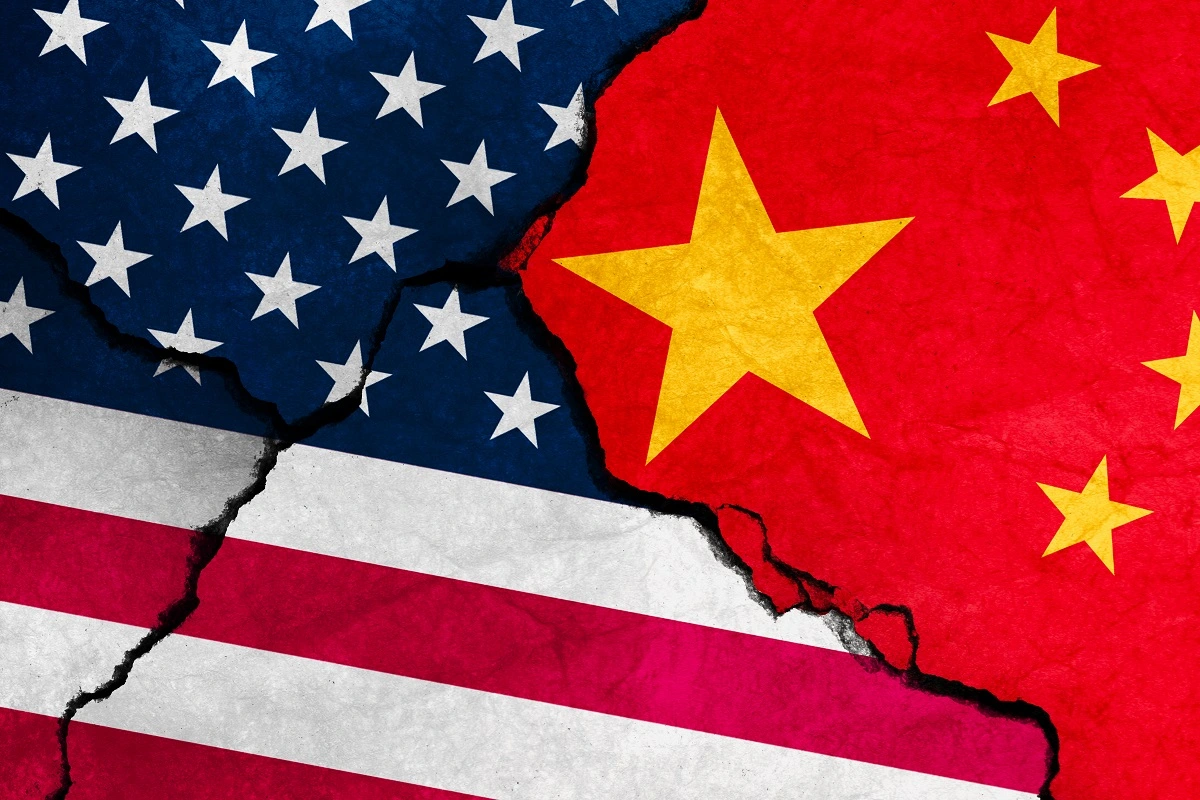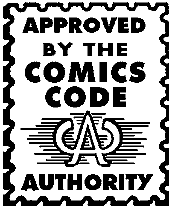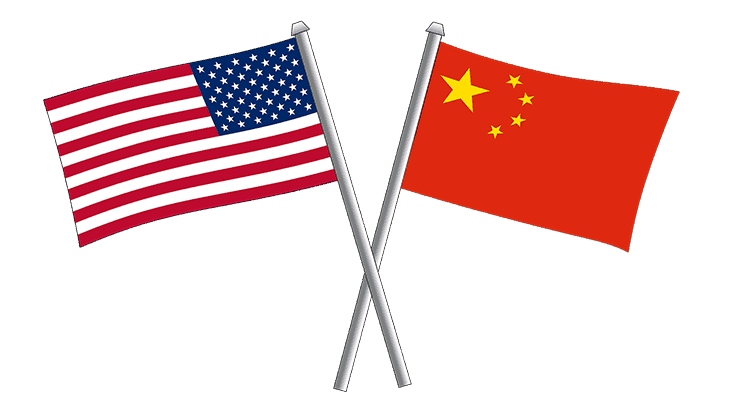Introduction
The United States has an interesting history with media censorship and regulation. In the United States, media has been historically self-regulated to avoid interference from the federal government. Three focal examples of this are comics, film and video games.
Video Games
The ESRB or Entertainment Systems Ratings Board, is a rating system for video games created in 1994. It was developed to avoid government involvement in video game regulation after a particularly sensationalised court hearing regarding violence in video games in 1993. After allegations that the video game Night Trap promoted violence against women, and that games like Mortal Kombat were making children violent. While the claims against Night Trap were unfounded in their entirety (the scene in question was actually about protecting a character who happened to be a woman, rather than promoting violence against her), this court hearing relied heavily on fear mongering and had tensions high in the video game industry.
Resulting from this was the ESRB, the ESRB consists of five ratings placed upon video games, as well as two Rating Pending ratings. These ratings are Everyone, Everyone 10+, Teen, Mature 17+, Adult Only 18+, Rating Pending and Rating Pending Likely Mature 17+. Alongside these ratings there are warnings placed on the game box, which fall into eight categories: Substances, Blood/Gore, Violence, Humor, Language, Nudity, Gambling and Sexuality.
The ESRB is an important fixture in the video game industry as it protects video games from government censorship while also allowing consumers to make informed decisions. This is not to say that the ESRB is without its flaws. In some instances the ratings can seem arbitrary, especially between Teen and Mature, as some games will have the same content but different meaning. Or games will be unfairly given the Adult Only rating, essentially dooming the game before release as most stores refuse to sell AO games and the stigma surrounding AO games is essentially that they are all either exclusively pornographic games or gambling. An example of this is Grand Theft Auto: San Andres, which temporarily received the AO rating for unfinished files in the game that were unavailable without cheating devices.
Another significant issue with the ESRB is that while one of it’s main intentions is to give the consumer the tools to make informed decisions, it fails to do this in significant ways. For example, games like FIFA, will receive the E rating, while including loot crates, which are essentially gambling, however the game will just receive a warning stating Real Money Purchases, Loot Crates. This is an issue because most parents buying the game for their children will not understand what this means. Furthermore games that include sexual violence will oftentimes fail to receive the sexual violence warning, which could potentially expose victims to harmful or triggering content. For further information regarding the ESRB, consider visiting their
website The ESRB is used to prevent censorship in video games in The United States, however this has not always been a successful endeavor. Especially surrounding the LGBTQ community; there is a history of video games which included LGBTQ characters in the original Japanese release being censored, or going entirely un-localized, in the west, due to concerns surrounding fan reception or sales. Examples of this include: Persona 2: Eternal Punishment going unlocalized, while it’s sister game Persona 2: Innocent Sin was localized, likely due to one of the main characters being gay, as that was essentially the only *inappropriate content that was in Eternal Punishment that was not in Innocent Sin. The character Vivian from Paper Mario: The A Thousand Year Door having all references to her transgender identity removed in the English localization.
*Obviously this is not to say that homosexuality is inappropriate, this is just to say that the only content that would be considered too risque in Eternal Punishment compared to Innocent Sin would be a gay deuteragonist.
Comics
In recent years America has taken an extremely lenient approach to comic books, unlike with video games there is no standard use rating system, some specific comic stores or publishers may choose to add ratings, however there is nothing that is agreed upon nation-wide. As a result a wide range of things are depicted in comics in present day America, from violence, to crime to sexuality.
However this does not mean that comics do not have a long and interesting history with censorship. In 1954 The Comics Code Authority was created. There were various hoops that needed to be jumped through in order to have your comic approved by The Comics Code Authority, and this was essentially a requirement as the majority of companies selling comic books would not carry anything not approved by the Code. The Code had quite a long list of regulations, however some of the most notable ones included:
-Crimes shall never be presented in such a way as to create sympathy for the criminal, to promote distrust of the forces of law and justice, or to inspire others with a desire to imitate criminals.
-In every instance good shall triumph over evil and the criminal punished for his misdeeds.
-Sex perversion or any inference to same is strictly forbidden.
These are some of the most relevant regulations as the first controlled the way in which criminals and law were presented, this allowed no room for criticism of societal structures, such as the police, furthermore it removed all possibility for sympathetic villains. So much so that during this time Catwoman from DC was largely downplayed in importance as her role as both a criminal and a love interest to Batman could not coincide. The second regulation heavily limited the types of stories that could be told, as unfortunate as it is, good does not always triumph over evil and evil does not always see justice. The third regulation listed references “sex perversion” which, while ambiguous, was generally understood to include homosexuality. This obviously severely limited the ways in which gay people could be depicted in comics, as a result, similar to film, the only characters that could even be hinted at being homosexual, were villainous, and their homosexuality was used to make the audiance uneasy and mistrusting.
The Code began to lose relevance in the early 2000s and by 2011 all major comics stopped adhering to the code. As a result, in the present day there are much more dynamic stories that can be told in comics. For a full list of rules outlined by the Comic Code vist
CBLDF
Film
Film in America has quite a similar history as that of American comics, The Hays Code was a self imposed film regulation system in Hollywood from 1934 to 1968. It restricted much the same things as comics, such as sexual perversion and violence. This resulted in many of the same restrictions as The Comic Code Authority. In the present day American film is regulated by the Motion Picture Association. The MPA defends free speech and film and is one of the number one shields against censorship. They also aim to foster diversity in film.



